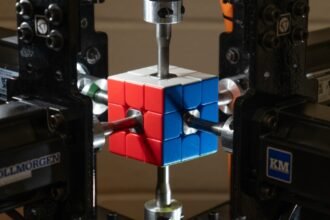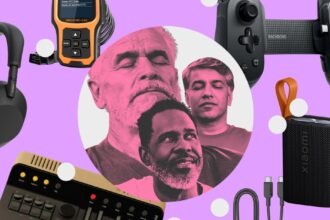Microsoft has announced the creation of a one-minute advertisement for its Surface Pro and Surface Laptop devices, which was crafted using generative AI technology. Interestingly, the ad was released nearly three months ago, and it went largely unnoticed that AI elements were involved.
The advertisement, which premiered on YouTube on January 30, is not entirely composed of AI-generated content. In a blog post on Microsoft Design, senior design communications manager Jay Tan acknowledged that “the occasional AI hallucination would rear its head,” necessitating corrections and the blending of AI outputs with actual footage.
Tan explained that the team decided that intricate movements—such as close-ups of hands typing on keyboards—needed to be filmed live, while shots involving quick cuts or minimal motion were deemed suitable for collaboration with generative AI tools.
While Microsoft has not disclosed exactly which shots were generated using AI, Tan elaborated on the creation process. They began by using AI to produce an engaging script, storyboards, and a pitch deck. The team then employed written prompts and sample images to generate text prompts via a chatbot, which were then processed through image generators. These images were further refined to correct inaccuracies before being incorporated into video creation tools like Hailuo or Kling. The specific AI tools were mentioned by name, but other chatbots and image generators used remain unspecified.
Creative director Cisco McCarthy remarked that the team explored thousands of prompts, refining the output continuously until they achieved their desired result. He noted, “There’s never really a one-and-done prompt. It comes from being relentless.” Visual designer Brian Townsend estimated that this process saved the team around 90% of the time and expense typically required for such projects.
Despite being online for nearly three months, there was little indication that viewers recognized the AI contributions until now. The ad has garnered just over 40,000 views on YouTube, and none of the top comments mentioned the use of AI in its production.
With the knowledge that AI was involved, it’s possible to speculate about its presence—such as in shots of meeting notes that appear not to be handwritten, an unusually large Mason jar, and an overall polished aesthetic. However, many viewers clearly did not notice these elements, suggesting that the efficiency of AI tools in skilled hands can blend seamlessly into creative work. The ad’s rapid editing helps mask any flaws in the AI-generated segments, showcasing the potential of AI to operate without drawing attention to itself.









